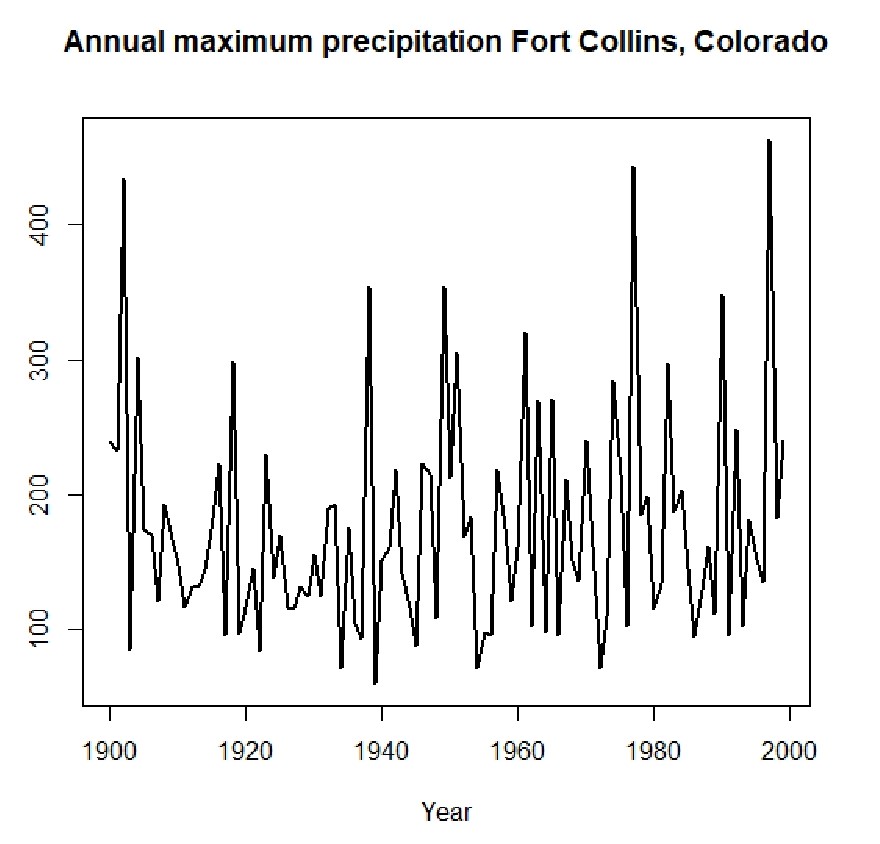Modeling Extreme Stochastic Variations using the Maximum Order Statistics of Convoluted Distributions
Keywords:
Extreme convoluted distributions, Maximum order statistics, MAXOS-G, MAXOS-NKwei, MAXOS-WEP, Annual maximum precipitationAbstract
Modeling extreme stochastic phenomena associated with catastrophic temperatures, heat waves, earthquakes and destructive floods is an aspect of proactive mitigation of risk. Hydrologists, reliability engineers, meteorologist and researchers among other stakeholders are faced with the challenges of providing adequate model for fitting real life datasets from the extreme natural hazardous occurrences in our environment. Convoluted distributions (CD) and generalized extreme value (GEV) distribution for r- largest order statistics (r-LOS) have been some of the prominent existing techniques for modeling the extreme events. This study explored the properties of order statistics from the convoluted distribution as alternative procedure for analyzing the extreme maximum with the aim of obtaining superior modeling fit compared to some other existing techniques. The new procedure called MAXOS-G employed the potential properties of the Maximum Order Statistics (MAXOS) and the flexibilities of convoluted distributions where G is taken to beWeibull-Exponential Pareto (WEP) and the New Kumaraswamy-Weibull (NKwei) distributions. The maximum order statistics of the WEP distribution (MAXOS-WEP) and NKwei distribution (MAXOS-NKwei) was derived and applied to three datasets consisting of annual maximum flood discharges, annual maximum precipitation and annual maximum one-day rainfall. Some properties of the MAXOS-WEP was investigated including the moment, mean, variance, skewness, and kurtosis. Characterization of WEP distribution by the L-moment of maximum order statistics was presented and coefficient of L-variation, L-skewness and L-kurtosis were derived. The results from the application to three datasets using R-software justified the importance of this new procedure for modeling the maximum events. The MAXOS-NKwei and MAXOS-WEP models provide superior goodness-of-fit to the datasets than the WEP and NKwei distributions and better than some previously proposed convoluted distributions for modeling the datasets.

Published
How to Cite
Issue
Section
Copyright (c) 2023 Adewunmi O. Adeyemi, Ismail A. Adeleke, Eno E. E. Akarawak

This work is licensed under a Creative Commons Attribution 4.0 International License.







